So I finally came back to Korea after having been in Denmark for 3 years. I went back to visit friends and see AKARAKA at Yonsei University, but this is going to be about something completely different.
I finished my BA in Korean studies six months ago, and in my project, I worked with early foreign relations between Denmark and Korea. In 1902, Korea signed the last treaty with a foreign country before the Eulsa treaty 1905 with Japan that severed all foreign ties for Korea. This last treaty was the Treaty of Friendship, Commerce and Navigation between the Kingdom of Denmark and the Empire of Korea.


In my work with this treaty, I discovered that the Great Nordic Telegraph Company (a Danish Company) was responsible for laying the telegraph line from China to Japan and from there to Korea (Busan) in 1883.
A Danish men named Henri Jessen Mühlensteth was employed by the Great Nordic Telegraph Company and was dispatched to Korea in 1885, as a technical supervisor and instructor for Korean telegraph communications workers.
Mühlensteth was responsible for teaching telegraphic skills to students for 10 years, until he was fired in 1905 as a result of the Eulsa Treaty. There are theories saying that he was fired because he worked from the perspective of the Joseon Government and protested the pressure from Japan.
Much is not known of Mühlensteth after he was fired, but he remained in Korea until his death in 1915. This was confirmed when his grave was found in 1985 at the Yanhwajin Foreign Missionary Cemetary (양화진외국인선교사묘원) in Seoul.
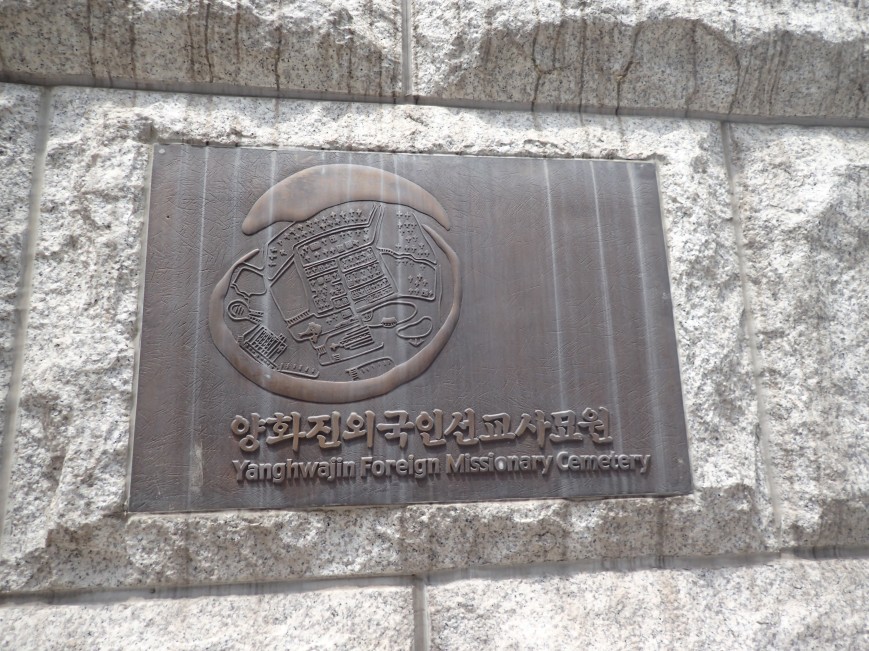
Yanghwajin Foreign Missionary Cemetary, 46, Yanghwajin-gil, Mapo-gu, Seoul, Hapjeong st., exit 7
So, of course, I had to visit Yanghwajin when I went back to Korea. I needed to see where Mühlensteht was burried since he played such a big part in Korean telegraphic history (and my BA report as well).
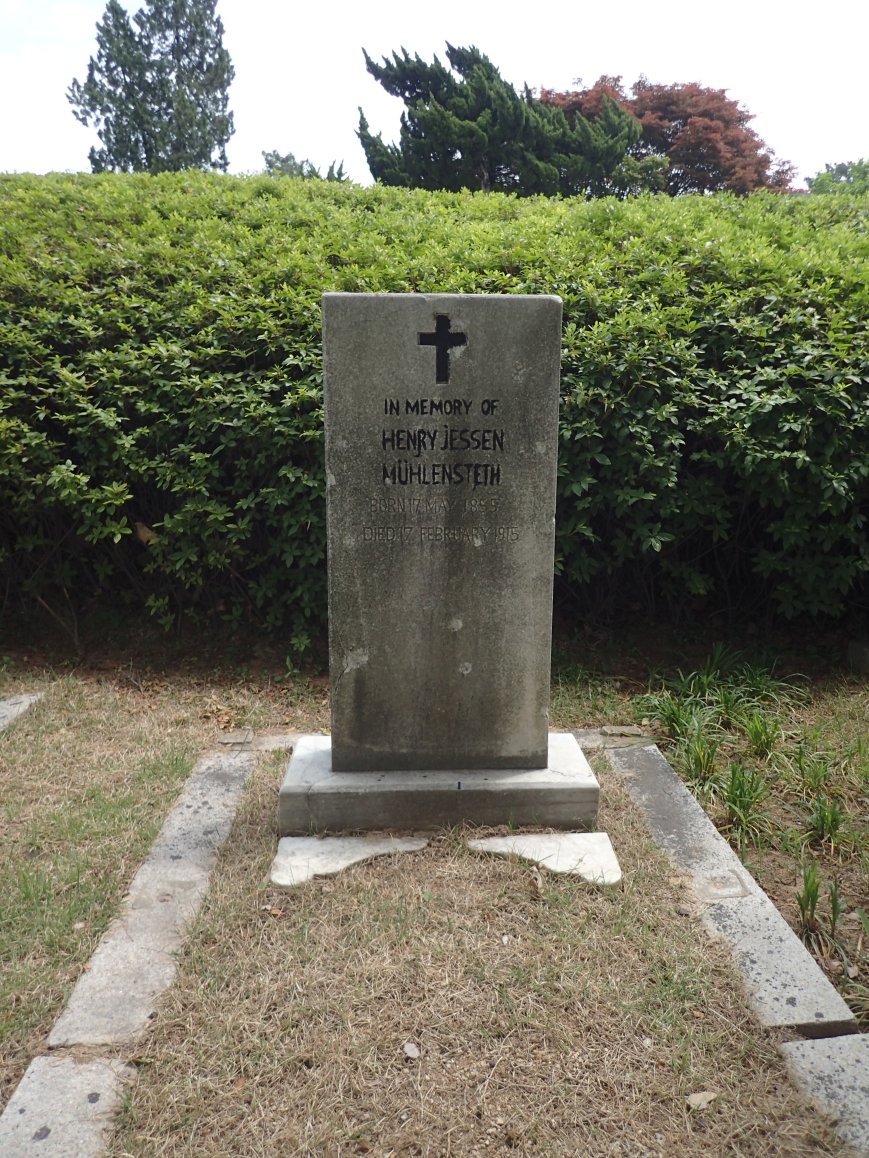
Henri Jessen Mühlensteht, born 1855 in Denmark, died 1915 in Korea
It was really easy to find. Incredible easy. I had seen another blog that had pictures from the cemetary. That’s where I found out Mühlensteht was burried here. However, the photos on the blog made it look like a wilderness, a forgotten place.
I don’t know if I was disappointed when I got here. I know it was nothing like my expectations. It was so clean and well-taken care of. But I found the atmosphere calming, and it was easy for the mind to wonder in the silence of the cemetary.
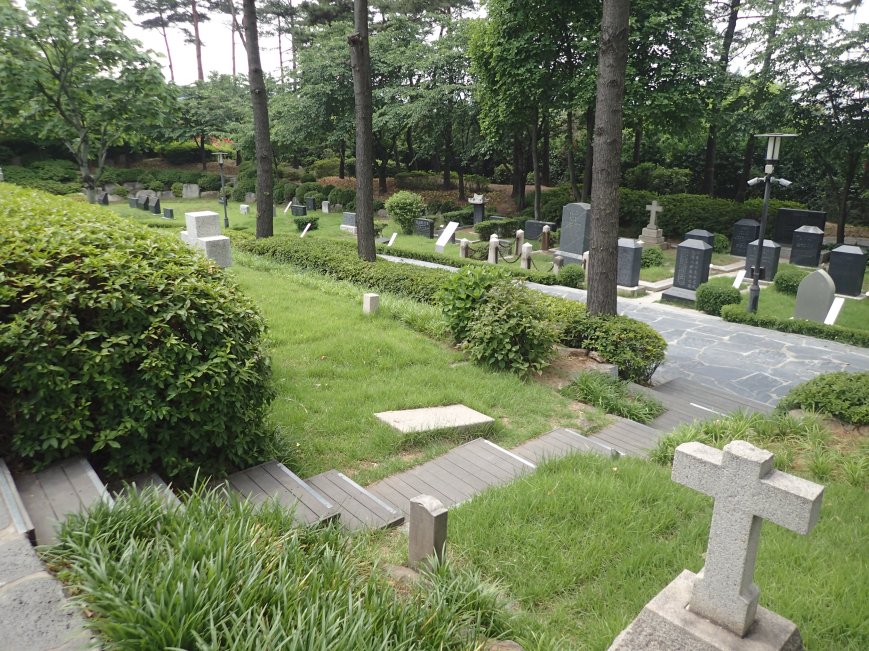
Not only Mühlensteth is burried at Yanghwajin, so is the Underwood Family. They established what today is Yonsei University.
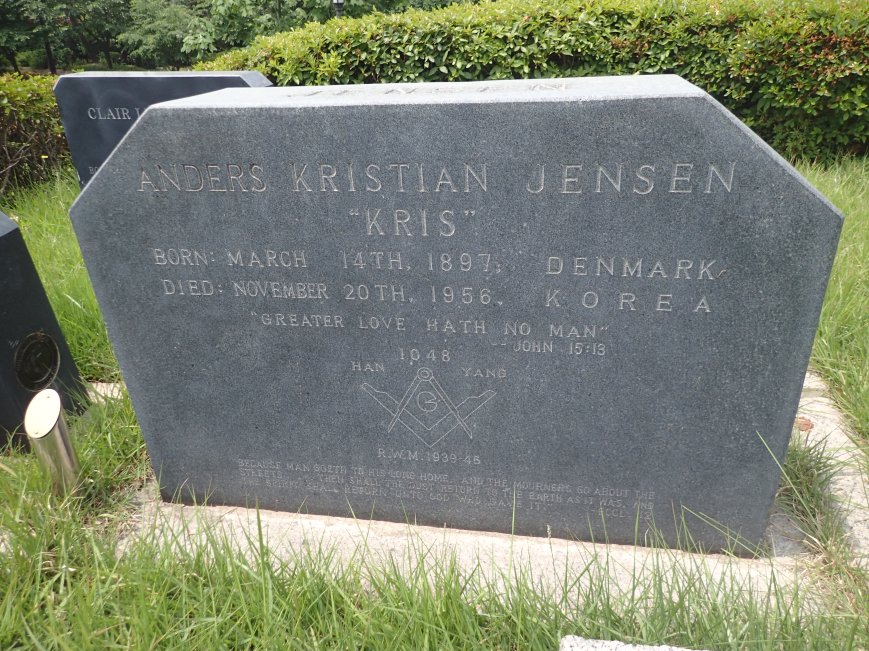
I never heard of this Dane “Kris”, but a plaque next to grave says he was a missionary with his wife in Korea.

There is a museum and a memorial park close to the cemetary. The cemetary was build next to Jeoldu-san where Catholics missionaries were executed in the 1860s.
The cemetary itself is not large but it’s worth a visit. Reading the small plaques next to the graves really gives an impression of a time where Korea was in the beginning stages of modernization.
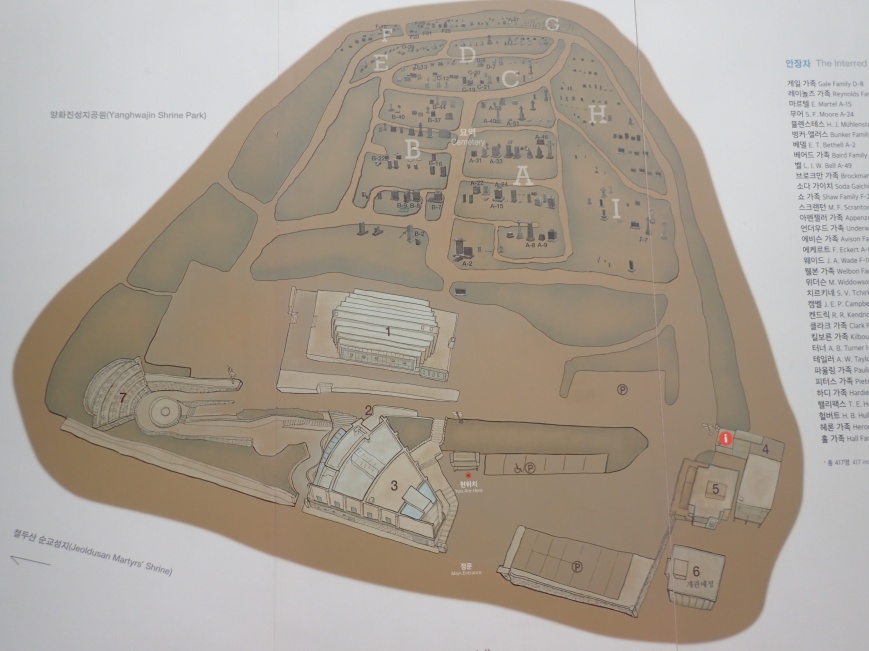
Plan of Yanghwajin Foreign Missionay Cemetary
